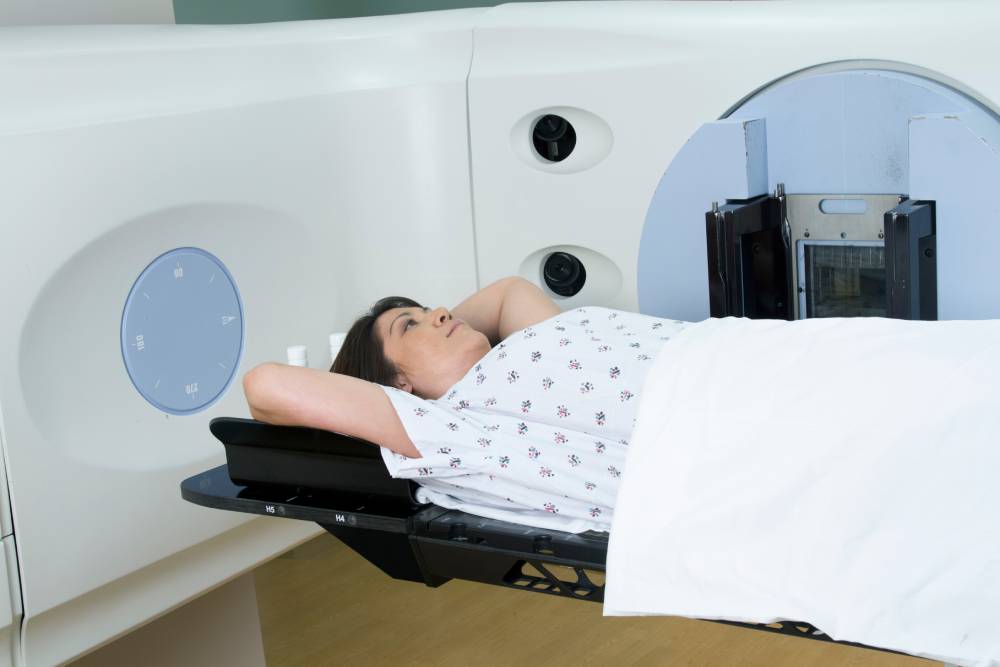
Waiting Too Long Between Breast Cancer Treatments May Increase Risk of Death
Much like an early diagnosis of breast cancer is important, so is the prompt start of treatment to address it. Research has shown that delays in treatment are linked with a higher risk of death, and this gets worse the longer that delay lasts. A new study out of Australia adds more evidence to these findings.
Research recently published in the Medical Journal of Australia investigated the impact of longer than recommended intervals between treatment. The findings showed that with at least one treatment interval that lasted too long, the risk of death from breast cancer was 43% higher than for patients whose treatment program aligned with recommendations.

The researchers say this is problematic because a large number of Australian patients do end up with delayed treatment.
Dr. Kou Kou, lead author and Senior Research Officer of Epidemiology at Cancer Council Queensland, says, “Despite recent efforts to improve therapy, between 33% [and] 52% of women diagnosed with breast cancer do not receive timely treatment.
“Our study shows that any delay in commencing or continuing treatment is associated with poorer survival.”
The 2020 Australian guidelines for interval treatment for early breast cancer include two to four weeks between diagnosis and pre-surgery therapy, four to six weeks between pre-surgery therapy and surgery, one month at most between diagnosis and surgery for those who don’t get therapy between the two, and four to six weeks between surgery and post-surgery chemotherapy. When it comes to post-surgery radiation, it should begin as soon as possible after wound healing, or within eight weeks of surgery if there was no chemo. Finally, for those who switch from chemo to radiation, that should occur within three to four weeks.

To determine how important it is to follow these guidelines, researchers looked at data from women between the ages of 20 and 79 who were diagnosed with invasive breast cancer in Queensland between March 2010 and June 2013.
Professor Peter Baade, study co-author and senior manager of descriptive epidemiology at Cancer Council Queensland, says, “We compared treatment intervals for each participating woman with the guidelines… We found the risk of death from breast cancer was significantly greater for women who underwent surgery more than 29 days after diagnosis, or commenced chemotherapy more than 36 days after surgery, or commenced radiotherapy more than 31 days after completing adjuvant chemotherapy, compared to women who received treatment before the corresponding time points.”
For Australian women specifically, the researchers say there could be longer treatment intervals due to how far patients are from facilities, whether they use public or private screening facilities, and the time of year they’re diagnosed and treated. Additionally, those without a family history of ovarian or breast cancers tend to have longer intervals than patients with a family history. Income could also play a role.

The findings reflect those of other research into timeliness of breast cancer treatment, including a study in The BMJ that found that for each month treatment is delayed after diagnosis, there’s a 10% higher risk of death, with the figure getting higher the longer the wait.
A study in the United States also highlighted the reasons why many patients delay cancer care, including a lack of insurance, the cost of care, and lack of internet connections that help with healthcare. You can read more on that, and other cancer disparities, here.